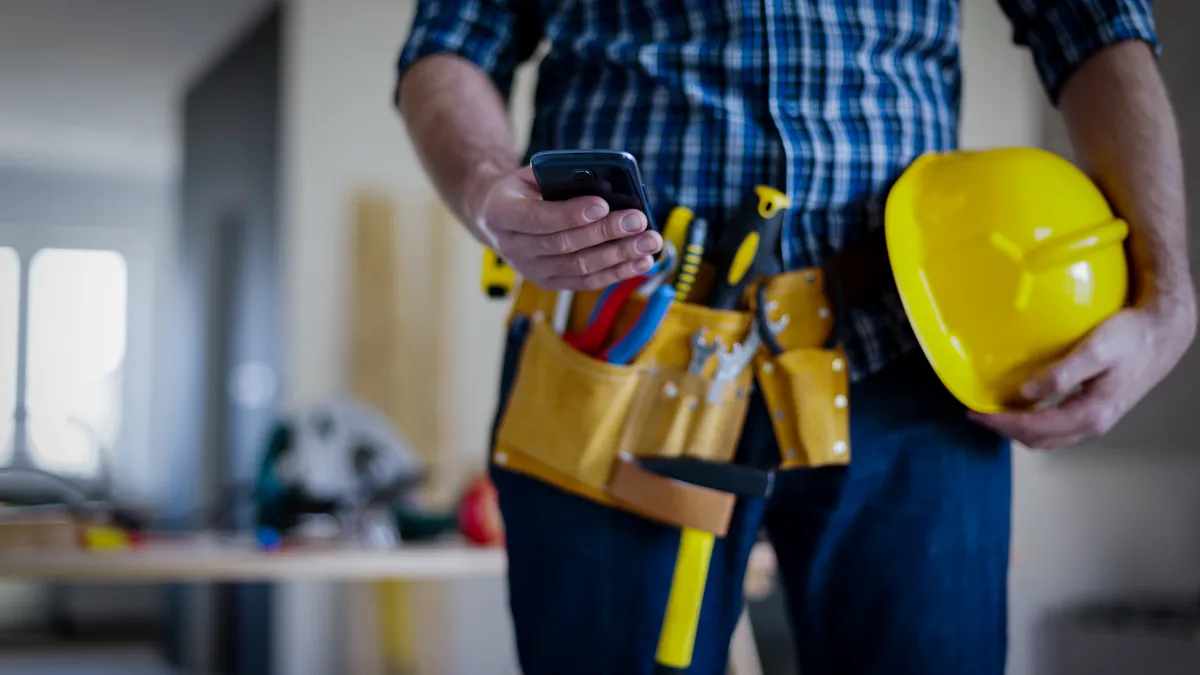Dive Brief:
-
Builder confidence in the market for newly single-family construction held steady in January, falling two points from a downward-adjusted December figure to a reading of 67 on the National Association of Home Builders/Wells Fargo Housing Market Index.
-
Newly elected NAHB Chairman Granger MacDonald attributes the steady mark to hopes that a new right-leaning, business-minded Congress and administration will improve conditions for small businesses in particular, especially with regard to regulations.
-
All three HMI measures slipped in January, with current sales conditions retreating three points to 72, sales expectations dropping two points to 76 and buyer traffic slipping one point to 51.
Dive Insight:
While builder confidence tapered slightly in January, the NAHB remains optimistic about the future of new single-family construction in the coming year.
“NAHB expects solid 10% growth in single-family construction in 2017, adding to the gains of 2016,” NAHB Chief Economist Robert Dietz said in a release. “Concerns going into the year include rising mortgage interest rates as well as a lack of lots and access to labor.”
Though it's still early to be certain how a Trump presidency will impact the market, those in the industry look to how the president-elect campaigned to builders, touting promises of housing finance reform and nixed regulations — measures that, combined, are expected to deflate overall construction costs. According to a May 2016 report from the NAHB, regulations at the local, state and federal levels account for nearly 25% of a home's price, while home values have climbed 30% since 2011.
Builder confidence could waver with interest-rate hikes, including a move by the Fed in December to drive up short-term rates by 25 basis points and forecasts of another 75 basis-point boost this year. Following the election results, the average 30-year fixed rate mortgage rose sharply, taking a 40 basis-point upswing ahead of inflation expectations. And with faster growth fueling inflation, economists say concerns over Trump's tax cuts and proposed spending — including a $1 trillion infrastructure plan — are causing turbulence in the bond market.
While 2016 concluded with signs pointing to the industry's strength, including November numbers showing the highest level of overall construction spending since April 2006, economists caution that the real test of confidence — and how to relieve price pressures that have buyers and even some sellers anxious — is whether the market will see an uptick in new residential construction over the next few months.
New growth could take the pressure off of inventory and allow the growing group of potential first-time buyers a shot at homeownership.
For more housing news, sign up for our daily residential construction newsletter.













